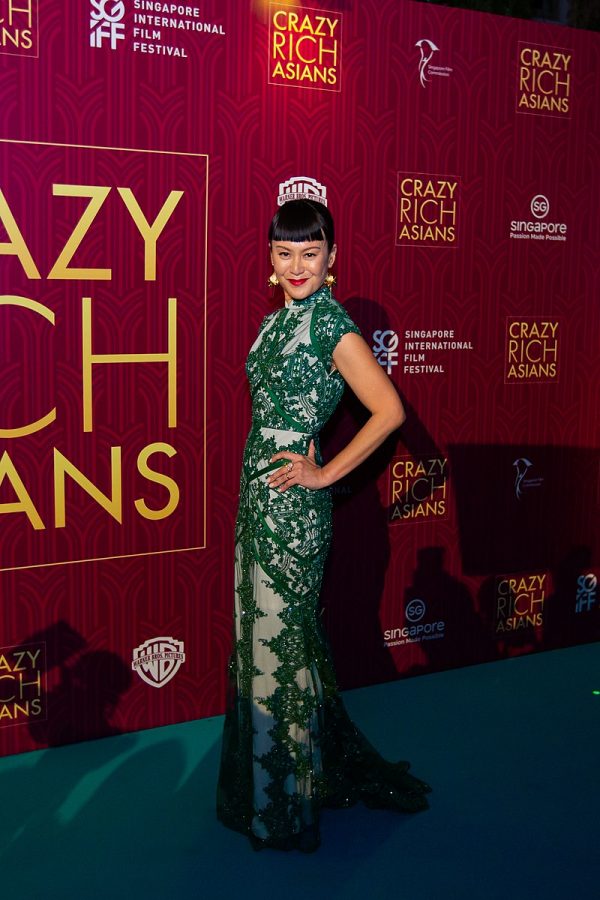How diverse is diverse?
Photo Wikimedia Commons
With films such as Crazy Rich Asians and Black Panther gracing the big screen earlier this year, it certainly looks like Hollywood may be taking steps to better represent racial diversity and increase the number of minorities in movies.
Both movies are leading by example when it comes to inclusivity. Crazy Rich Asians was also directed by a minority— Jon M. Chu. By having large minority casts, both movies give something to underrepresented people, a thing that they’ve never seen before— people that look like them up on the big screen.
While Hollywood is moving forward with better representation, it’ll be a long time before minorities are represented as much as the majority. A 2017 report by USC’s Annenberg Inclusion Initiative found there was little to no change in the top 100 movies regarding the inclusion of minorities over the past 11 years.
The report titled “Inequality in 1,100 Popular Films” that examined the top 100 movies from 2001-2017 found that even though minorities represent 38.7 percent of the U.S. population and 45 percent of moviegoers, they only represent 29.3 percent of characters in movies.
Furthermore, the report found that 43 films out of the top 100 in 2017 were missing black female characters, 64 did not include Latinas, and 65 didn’t include one Asian female speaking character. When compared to the fact that only seven movies were missing a white female character with a speaking role, these numbers are alarming.
Movies are trying to become more inclusive, especially after the TimesUp movement forced the industry to change. With the lack of attention being paid to this issue, lasting diversity on screen may be a thing far in the future.
For children, the inclusion of people that look like them in movies and higher parts of society is crucial for their childhood. It’s being able to see themselves out there, and have a role model to look up to.
So while Crazy Rich Asians and Black Panther broke barriers and gave a taste for what’s to come regarding minorities, it’s going to be awhile before equal opportunities truly arise and we hope it’s sooner rather than later.

